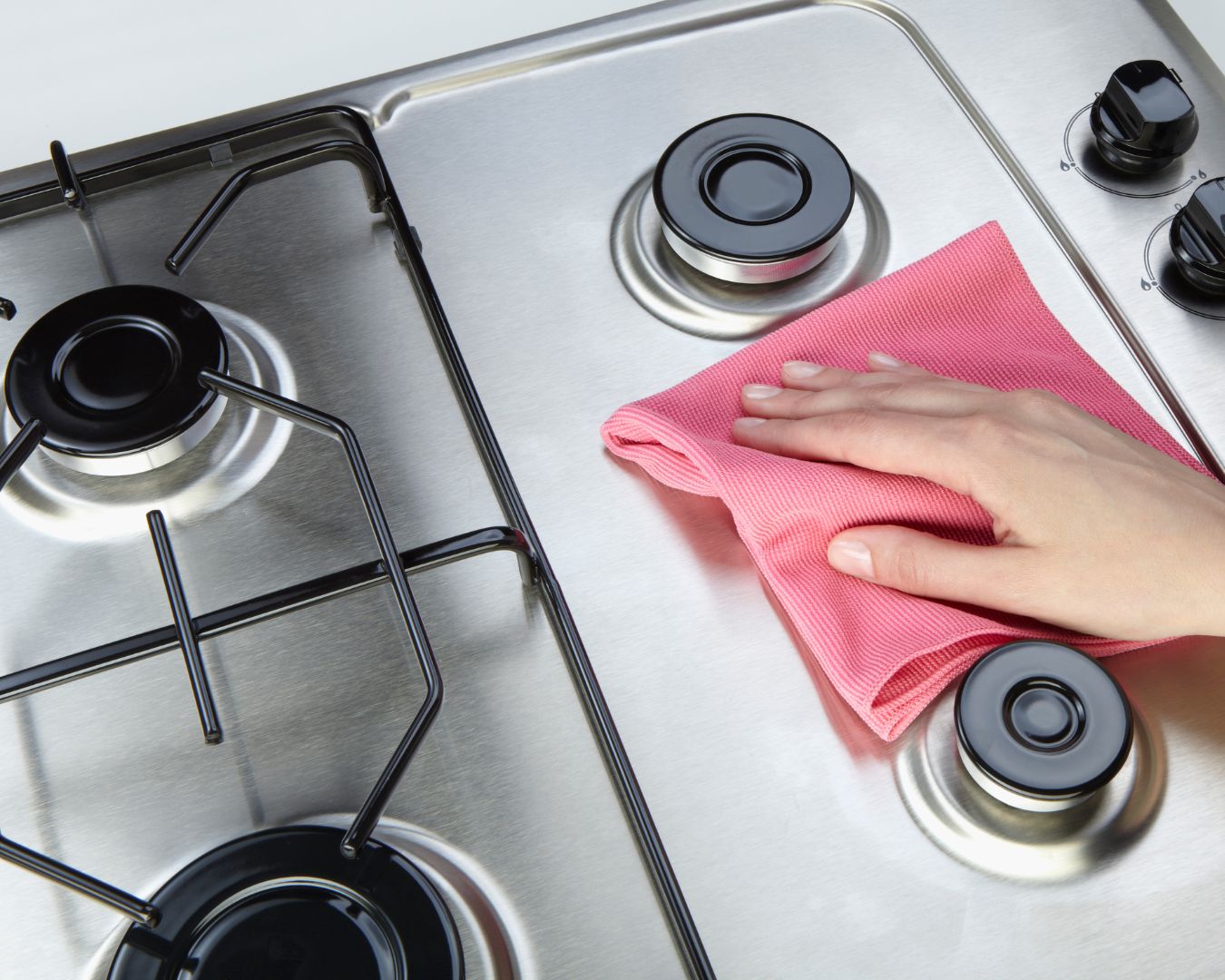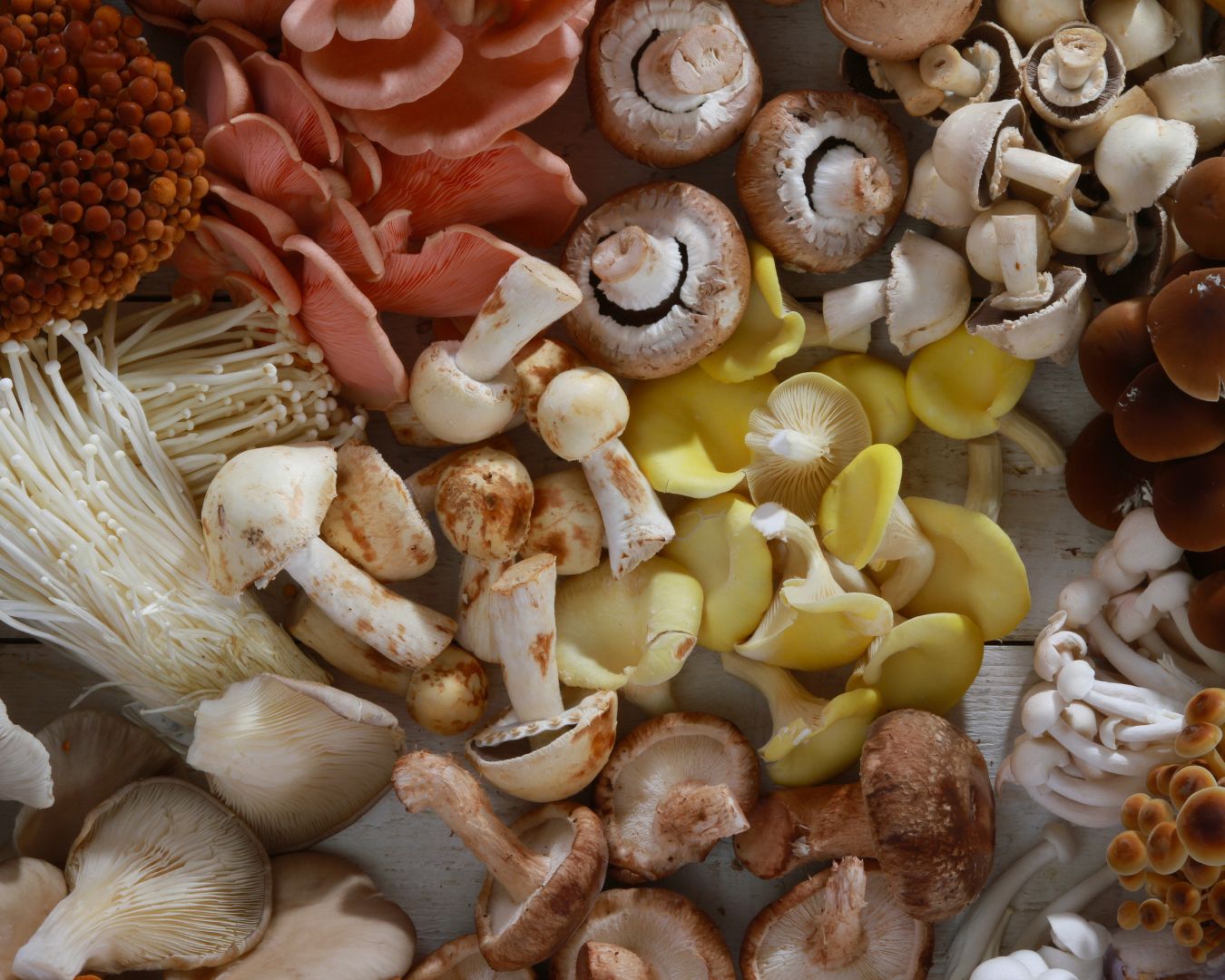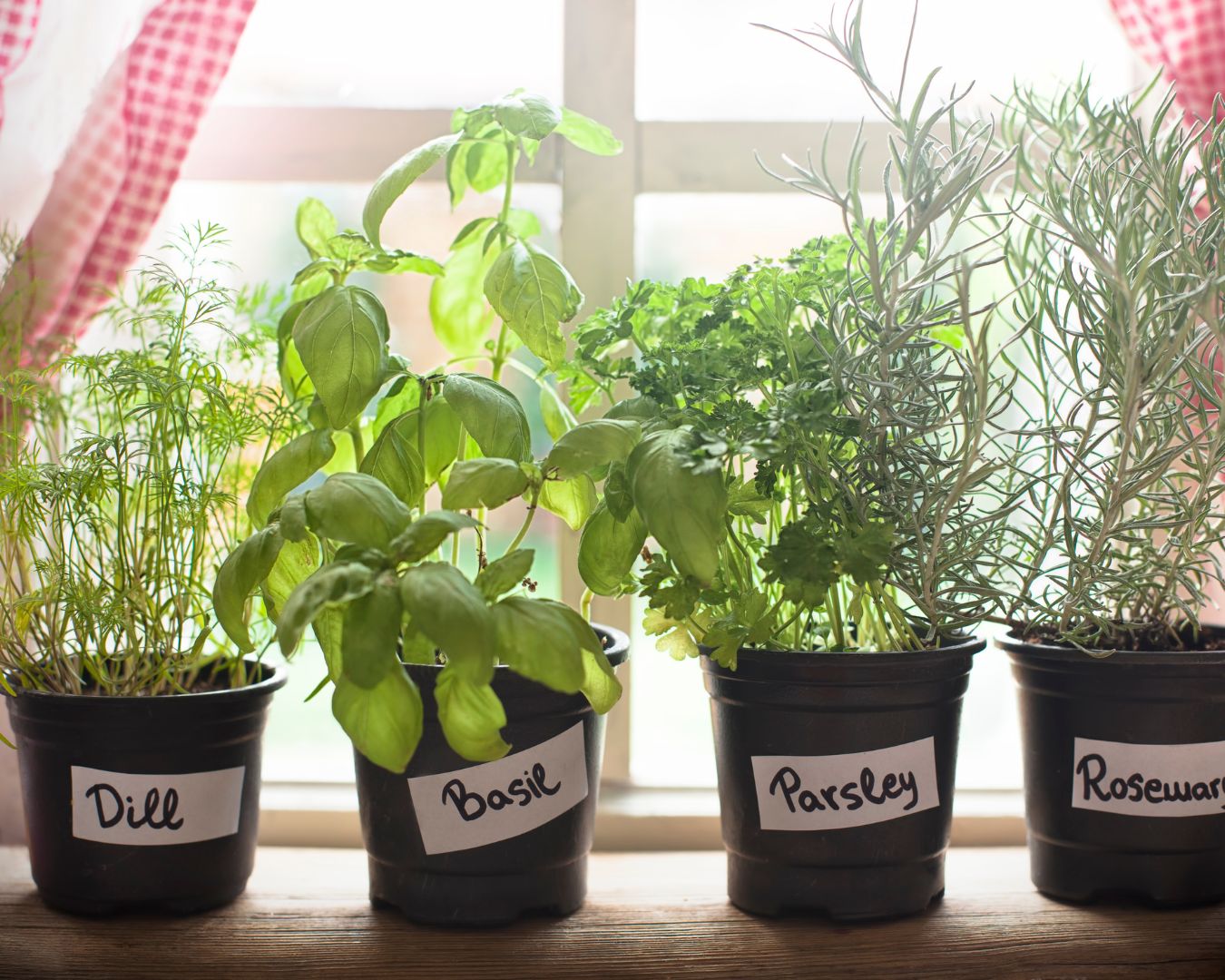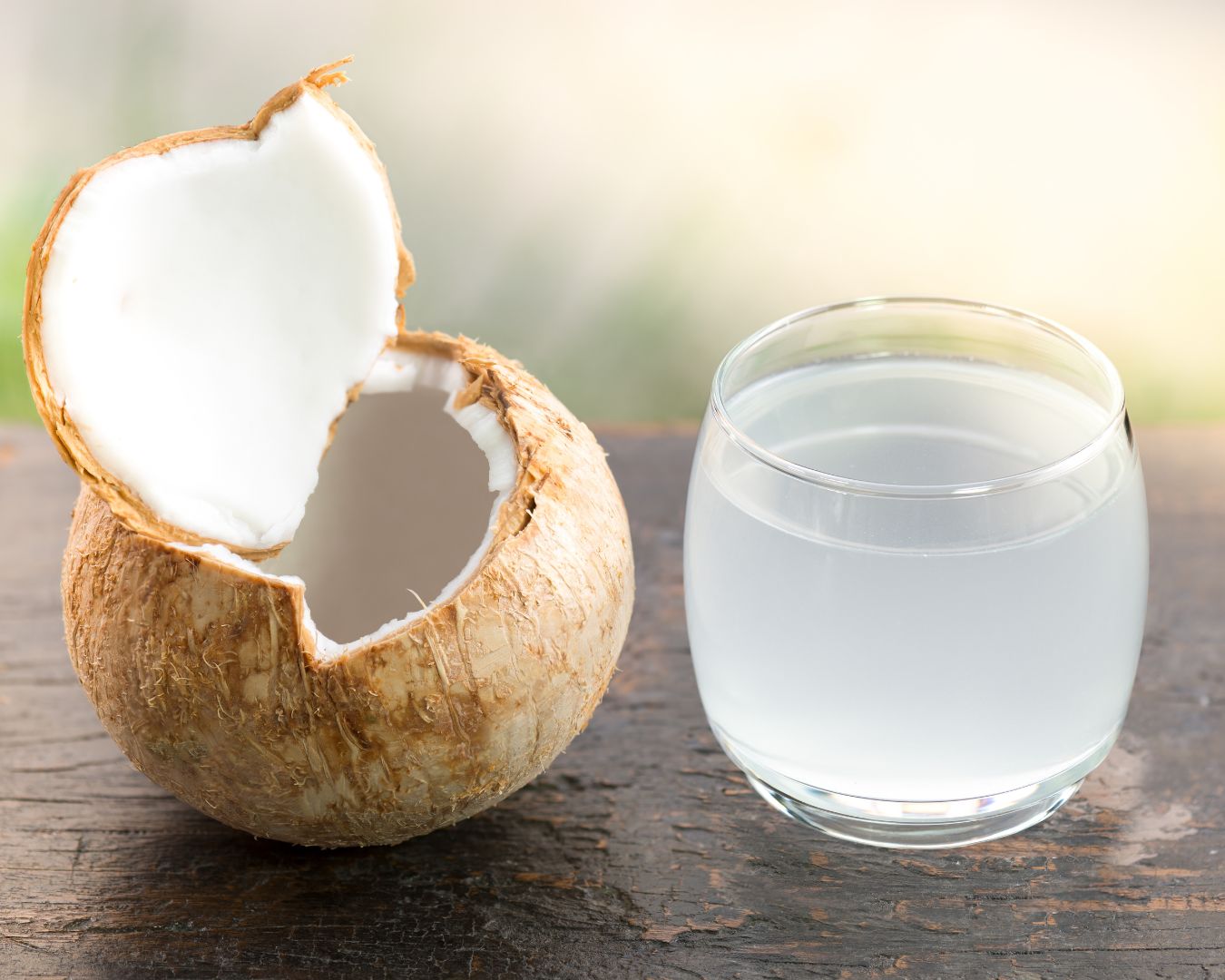How to Clean a Glass-Top Stove: A Complete Guide
A glass-top stove adds a sleek, modern look to your kitchen, but it requires special care to maintain its shine and functionality. Unlike traditional stovetops, glass-top stoves can easily show streaks, smudges, and burnt-on food if not cleaned properly. In this guide, we’ll walk you through the best practices for cleaning and maintaining your glass-top stove to keep it looking pristine and functioning effectively. Why Glass-Top Stoves Require Special Care Glass-top stoves are made from smooth, flat ceramic or tempered glass surfaces. While they are visually appealing and easier to wipe down compared to gas stoves, their delicate surface can be prone to scratches and stains if you use the wrong cleaning methods. Abrasive cleaning tools or harsh chemicals can damage the surface, while burnt-on food can become a nightmare if not handled properly. That’s why it’s essential to use the right techniques and materials when cleaning a glass-top stove. Let’s dive into how to clean your stove without causing damage. What You’ll Need Step-by-Step Cleaning Process 1. Let the Stove Cool Down Before you begin cleaning, ensure that the stove is completely cool. Cleaning a hot stove can cause burns or damage the surface. Wait at least 20-30 minutes after cooking before starting the cleaning process. 2. Wipe Away Loose Debris Use a damp microfiber cloth or paper towel to wipe away loose debris, crumbs, or light spills. This will remove any immediate messes and prevent them from being smeared around the surface during the next steps. 3. Spray with White Vinegar White vinegar is a great natural cleaner for glass-top stoves because it cuts through grease and streaks. Fill a spray bottle with white vinegar and lightly mist the entire surface of the stove. Allow the vinegar to sit for a few minutes, which will help loosen any grease or residue. 4. Apply Baking Soda for Stubborn Stains For tougher, burnt-on stains, sprinkle baking soda generously over the problem areas. Baking soda is a mild abrasive that will help lift the grime without scratching the glass surface. The combination of baking soda and vinegar creates a fizzing action that helps break down stubborn food particles. 5. Use a Damp Cloth to Gently Scrub Take a damp microfiber cloth and gently scrub the baking soda and vinegar mixture in a circular motion. Be careful not to press too hard, as applying too much pressure can scratch the glass. Work your way across the surface, focusing on areas with visible stains or grime. 6. Scrape Off Burnt-On Food with a Razor Blade For any tough, burnt-on food that won’t come off with baking soda and vinegar, you can use a razor blade scraper. Ensure that the scraper is specifically designed for glass-top stoves to avoid scratching the surface. Hold the scraper at a 45-degree angle and gently scrape away the burnt residue. Be careful not to apply too much pressure, and always keep the blade flat against the surface. 7. Wipe the Surface Clean Once you’ve removed all the stains and food debris, wipe the stove with a clean, damp microfiber cloth to remove the remaining residue. Make sure the surface is free of baking soda and any other cleaning agents. 8. Dry and Polish To finish, use a dry microfiber cloth or paper towel to dry the stove and buff it to a shine. You can also spray a small amount of glass cleaner on the surface and wipe it down for a streak-free finish. Regular Maintenance Tips Cleaning a glass-top stove may require a bit of extra care, but by following the proper steps and using the right cleaning materials, you can keep your stove looking brand new. From regular maintenance to removing stubborn stains, these tips will help you maintain a sleek, scratch-free surface that enhances your kitchen’s modern look.










